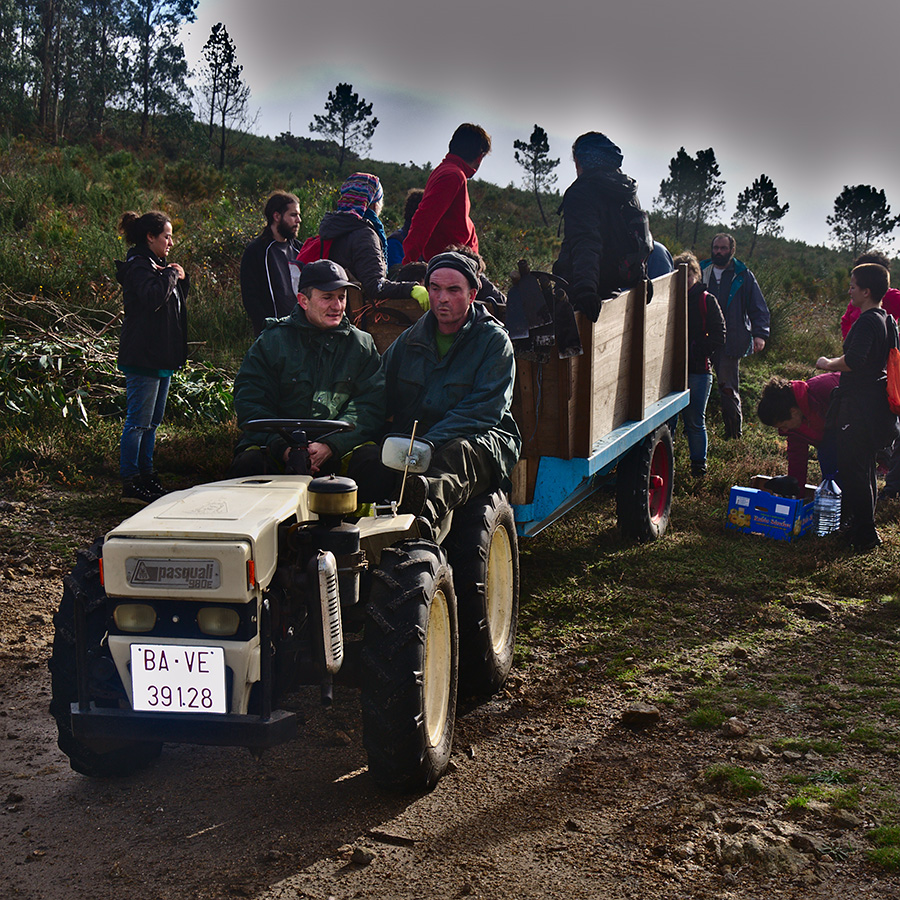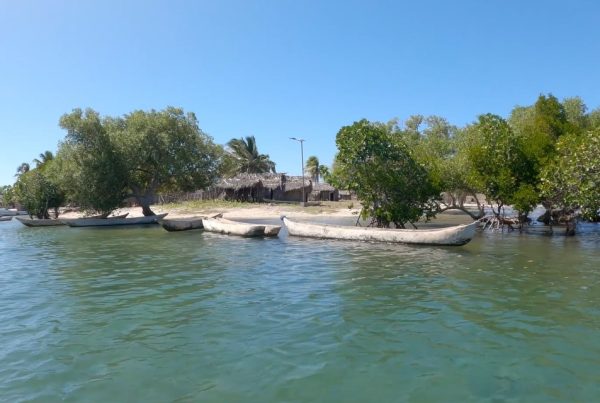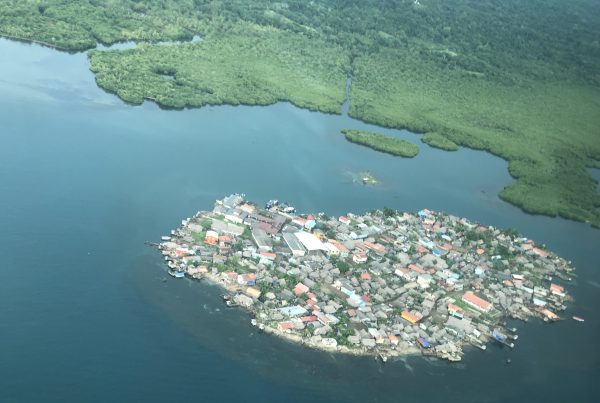Monte veciñal en man común (community common lands) is a legal mechanism in Galicia, Spain, recognising communal land tenure. It is based on traditional customary systems that recognised community rights and obligations under the ancient feudal tenure system.
During the mid-20th century, these systems were undermined in favour of commercial forestry and mining, resulting in severe environmental degradation and restricted community access to their lands. The legal designation has allowed many communities to regain control of their lands and start to restore the degraded environment since the 1970s. This land tenure designation now covers more than 700,000 hectares in Galicia and involves almost 3,000 local communities.1
One example is the Froxán Common,2 which is an area of common land covering 100 hectares (one square kilometre) under the care of families in Froxán (or Frojám), a village in the municipality of Lousame. The area was recognised as monte veciñal en man común in 1977, after the entire Froxán community signed a petition to the Civil Governor demanding devolution of their common lands.
Restoring the woodland at Froxán Common Lands Community, Spain. Credit: Verdegaia.
Author
- Joám Evans Pim, Froxán Common Lands Community
Ecosystems
- Temperate forests
Topics
- Ecosystem restoration
Type
- Short-form
Date
- This case study forms part of LBO-2, originally released in 2020.

Restoring the woodland at Froxán Common Lands Community, Spain. Credit: Verdegaia.
The Froxán community commenced restoration in the 1990s, and initially these efforts included filling in abandoned mine pits and shafts that had been created by mining companies. Since 2002, when the community regained full management over their lands, they have also been working to restore natural habitats, eradicate exotic invasive species, and restore a degraded wetland. A management plan for the wetland was selected in 2018 as one of four pilot case studies of initiatives for climate change adaptation. The community collectively self-manages its own water supply system, and the wetland restoration is perceived as critical to regulation of hydrological systems in the context of a new pattern of prolonged droughts. One positive outcome is that natural springs immediately downhill from the area, from which water is collected, are being restored.
References
- Xunta De Galicia, Consellería Do Medio Rural (n.d.) ‘Montes vecinales en man común.’ Available at: https:// ovmediorural.xunta.gal/es/consultas-publicas/ montes-vecinales-en-man-comun
- ICCA Registry (2018) Froxán Common Woodlands, Spain. Cambridge: ICCA. Available at: http://www.iccaregistry.org/en/explore/Spain/ Froxan-Common-Woodlands



